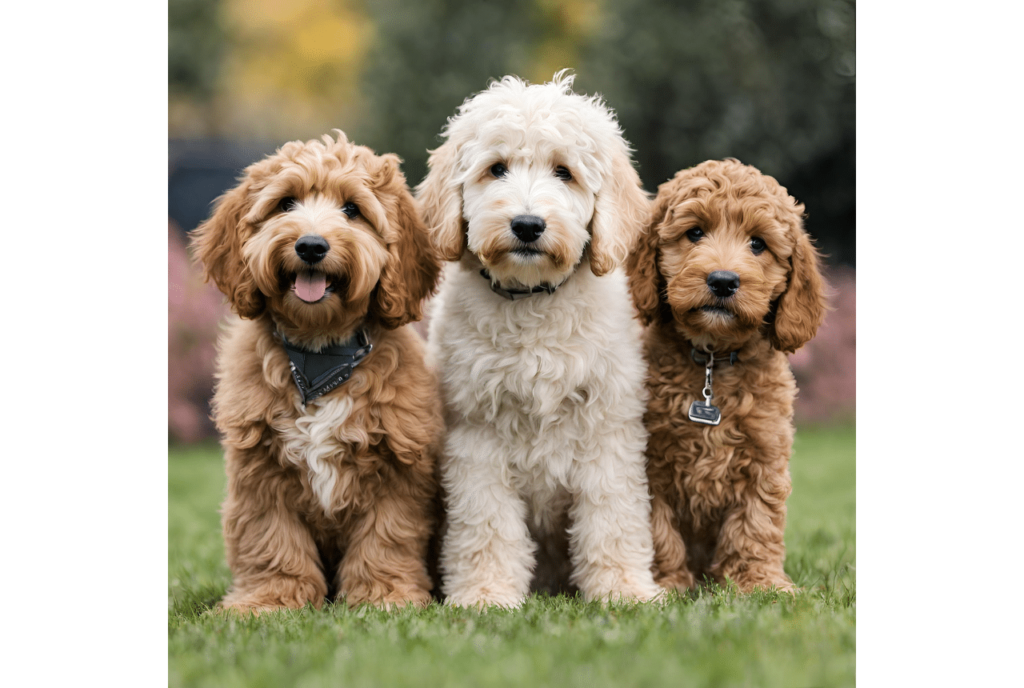
Bringing a new puppy into your home, as we are doing in about a week or two, is an exciting experience, but it also requires preparation. Puppies, much like children, are naturally curious and love to explore, which means they can get into trouble quickly. To keep your new fur-baby safe and prevent damage to your belongings, follow these ten steps to puppy-proof your home before bringing home your fuzzy fur-ball.
Puppies love to chew, and electrical cords can be a dangerous temptation. Use cord covers or hide wires behind furniture to prevent your puppy from chewing on them and risking electrocution.

Many common houseplants, such as lilies, azaleas, and philodendrons, can be toxic to dogs if ingested. Research which plants in your home may be harmful and place them out of reach or replace them with pet-safe alternatives. Or, if all else fails get some nice artificial plants.
Keep all medications, detergents, and other household chemicals in locked cabinets or high shelves. Puppies are inquisitive and may chew on containers, leading to poisoning or serious health issues.
Items like coins, paper clips, hair ties, and children’s toys can be choking hazards. Make sure these small objects are stored securely to avoid accidental ingestion.
Limit your puppy’s access to certain areas of the house by using baby gates. These barriers help keep them away from hazardous rooms such as the kitchen or the garage, where they might encounter dangerous items.
Trash bins contain food scraps, sharp objects, and other hazardous materials that can be harmful to puppies. Use a trash can with a secure lid or place it inside a cabinet to prevent your pup from digging through it and finding harmful things to ingest.
Puppies are small and can squeeze into tight spaces or escape through gaps in doors and fences. Inspect your home for any small openings where they could get stuck or escape and block them off with banister guards, etc. .
An open toilet bowl can be a source of contaminated water and a drowning hazard for small and crafty puppies. Make it a habit to keep the toilet lid down at all times, possibly put one of these toilet lid locks on them.
To prevent damage from chewing or potty training accidents, provide appropriate chew toys, use potty training pads and use bitter sprays on furniture, shoes, and other items that might attract your puppy’s attention.
No amount of puppy-proofing can replace supervision. Keep an eye on your puppy as much as you can, redirect unwanted behavior, and begin basic training early to establish good habits and boundaries. I trained Bella at Canine Resolution in Waterford, MI. I will definitely take the new pup to be trained there as well. We will be using clicker training with positive reinforcement.
For our new Double Doodle fur-baby we also got a Snuggle Puppy with Heartbeat to make the transition away from the litter easier. We are driving the pup home from Texas, so I’m also taking a waterproof blanket to put the dog crate on in the rental car, a collapsible water bowl, poop bags, pee pads, leash and collar and some training treats. It’s never too early to start learning!
By taking these precautions, you can create a safe and welcoming environment for your new puppy while giving yourself peace of mind that he or she will be safe. A well-prepared home allows you to enjoy the fun and companionship of puppy parenthood without constant worry. Happy puppy-proofing!

It’s already APRIL! This means, the schoolyear is already headed towards summer break! If you need some gift ideas to let your kids’ teachers know how you appreciate them, check out Alyssa’s blog here.